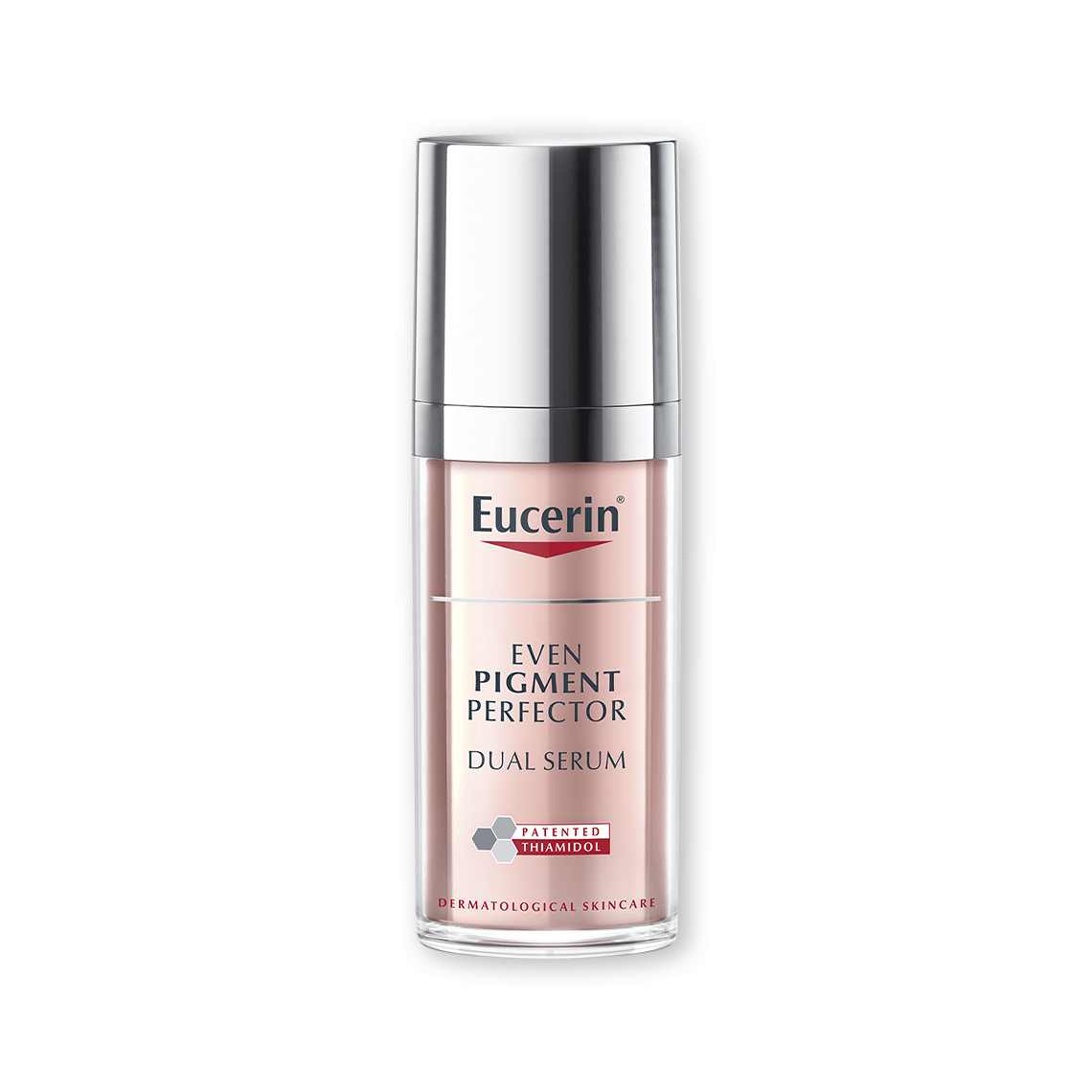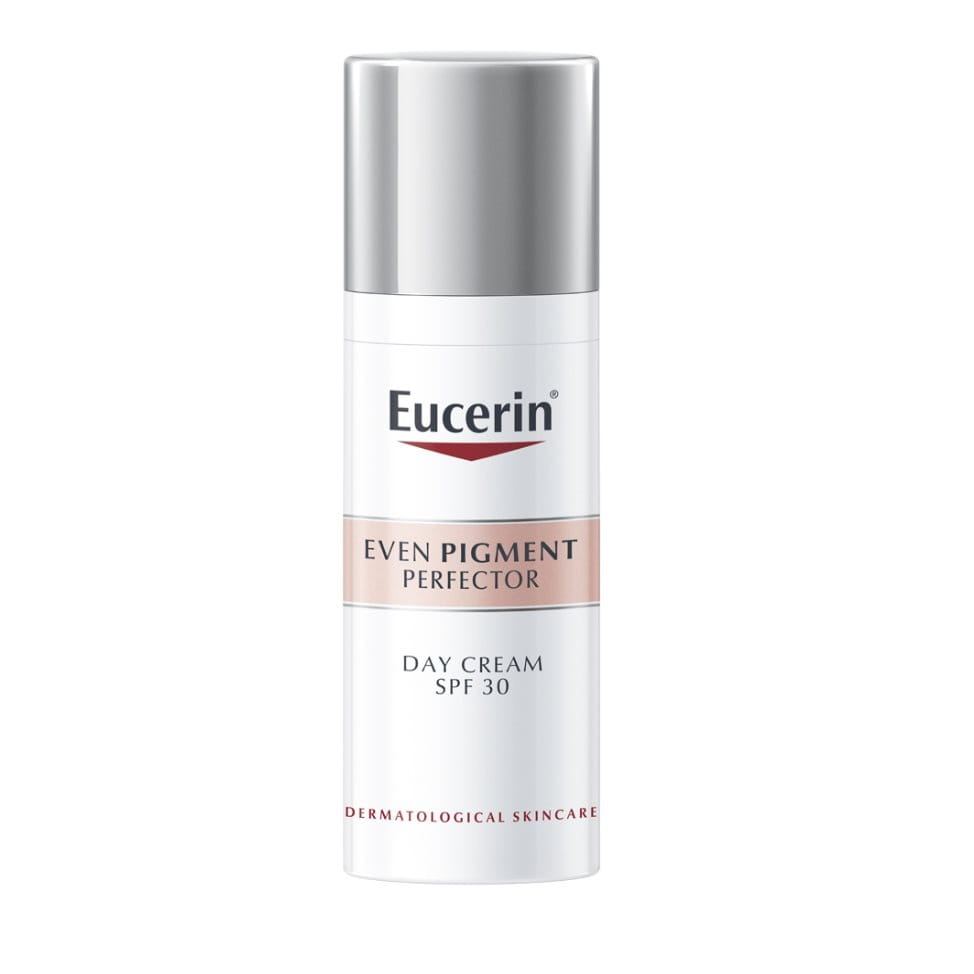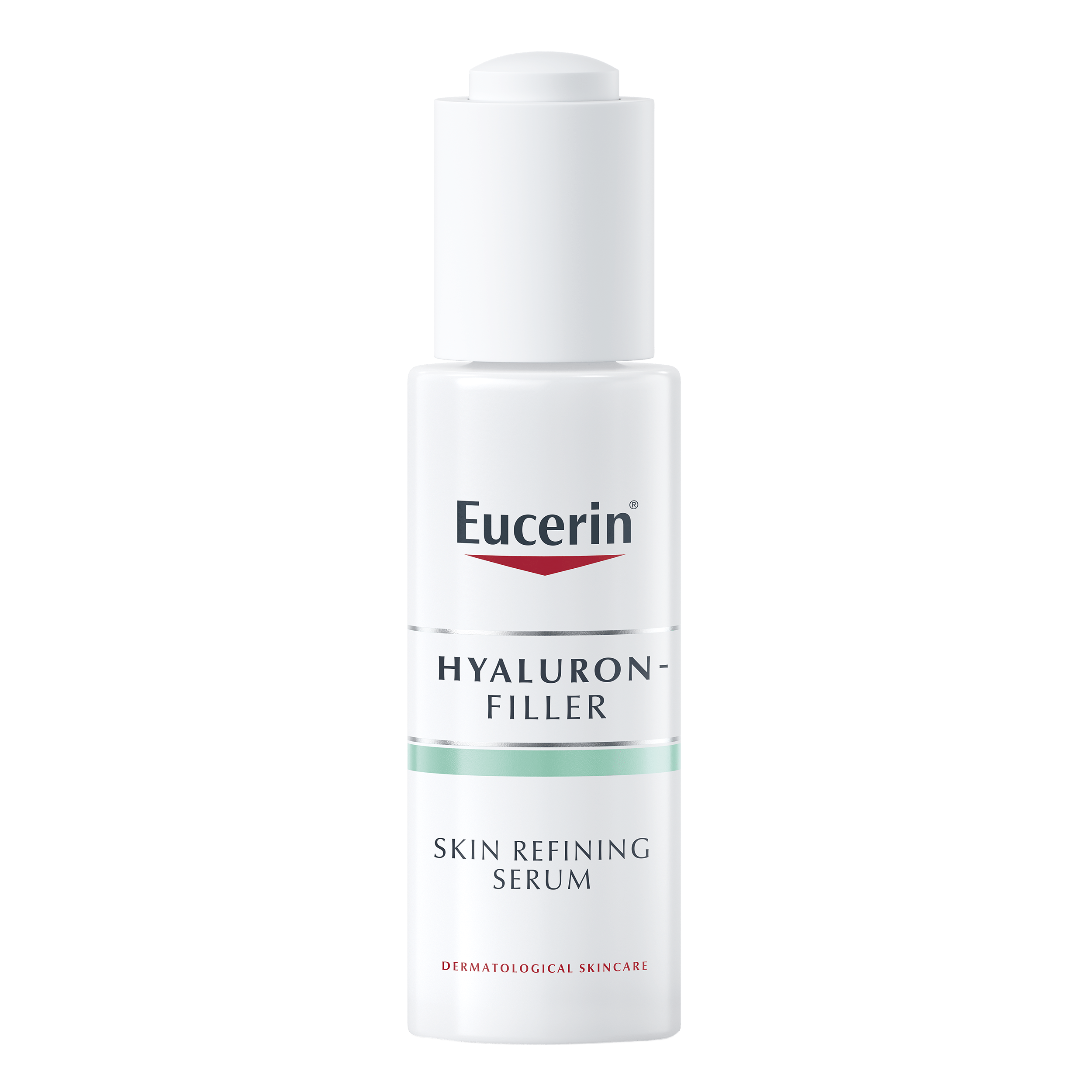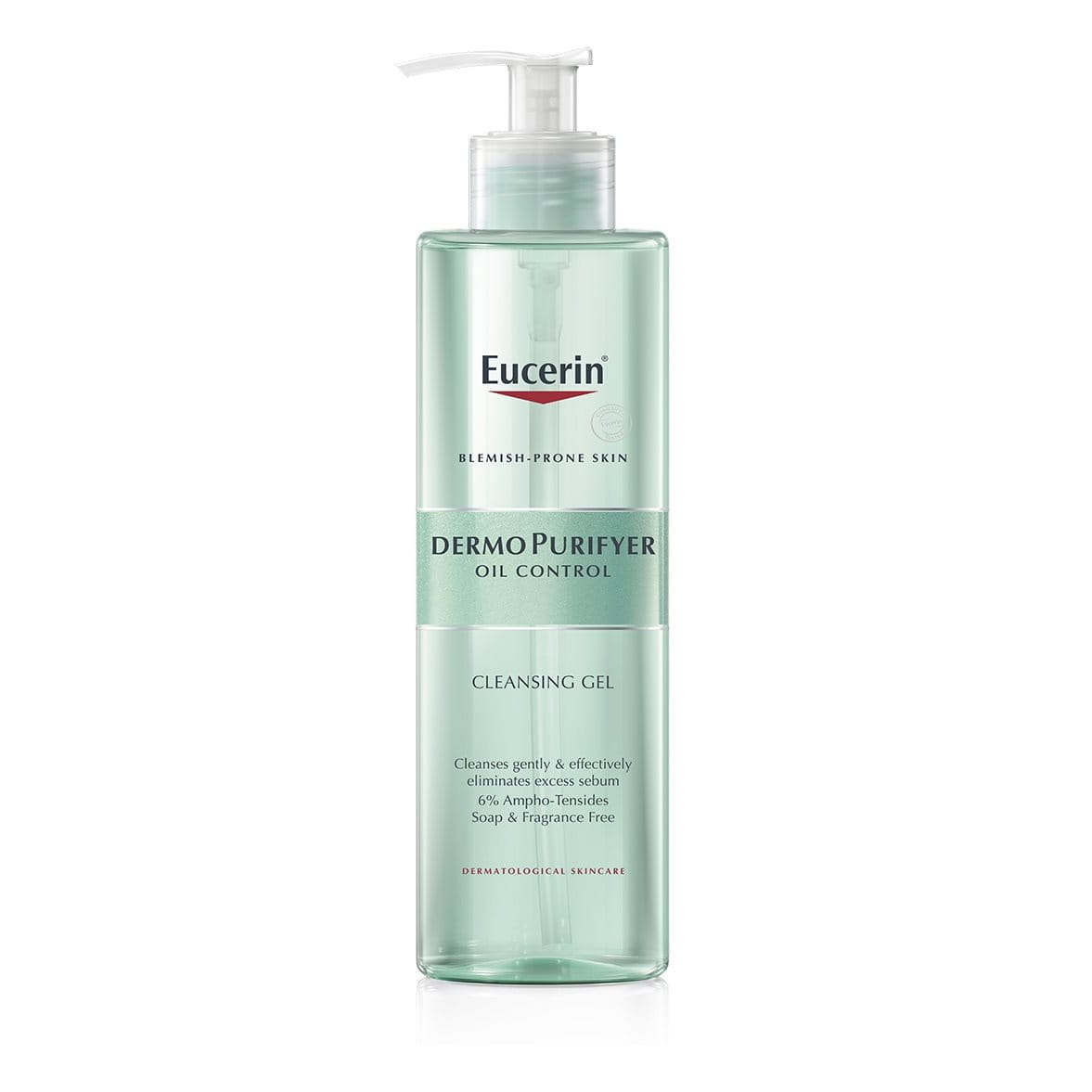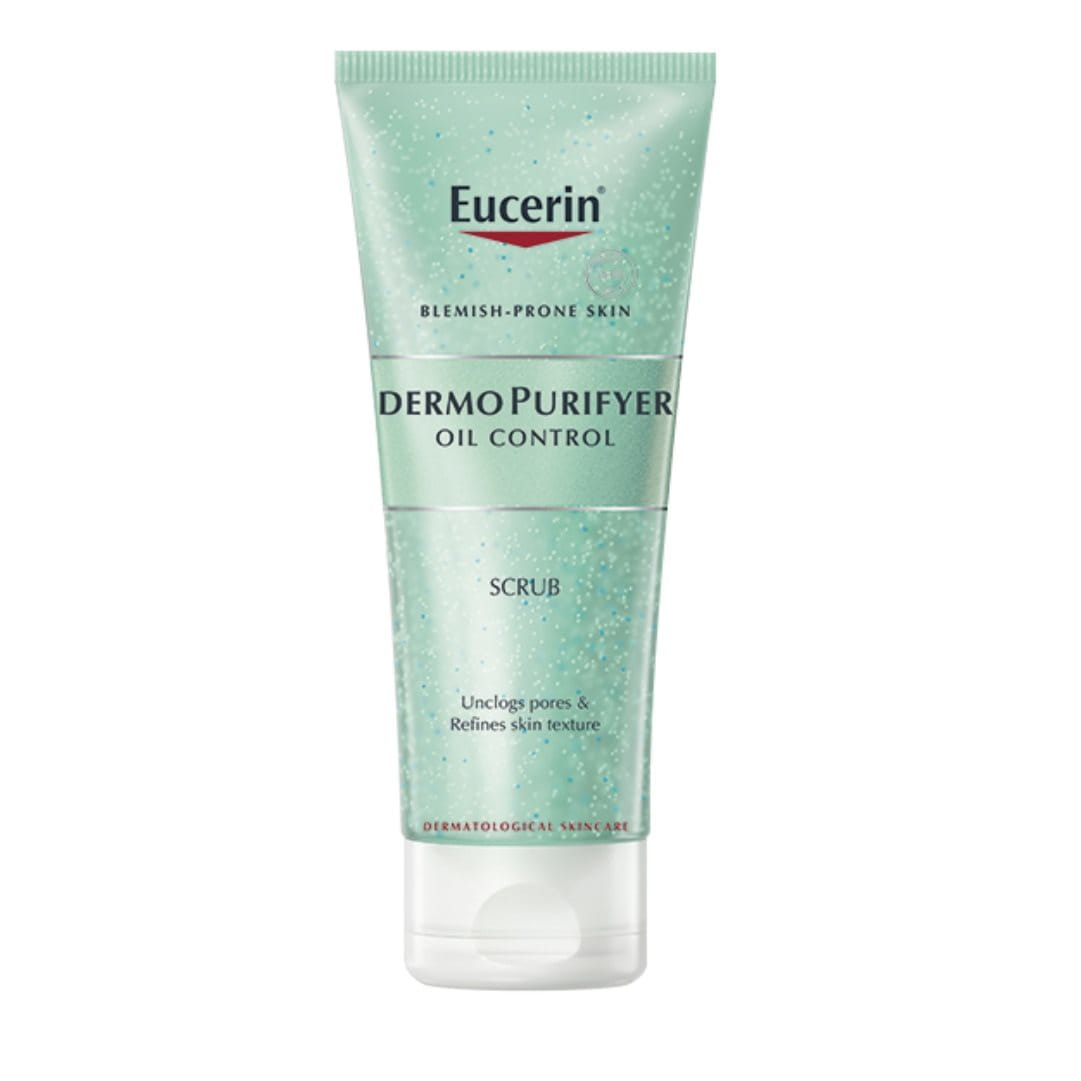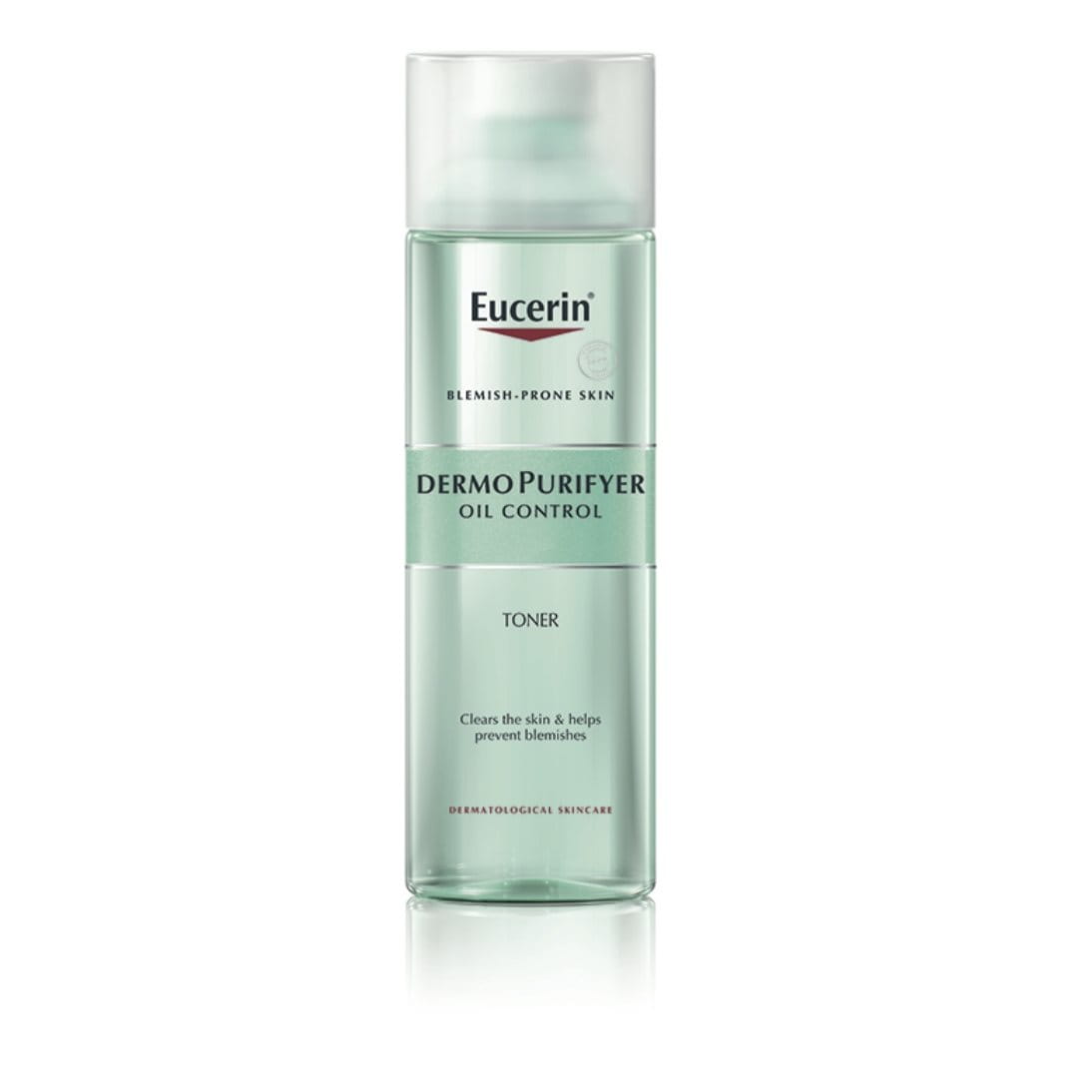What to eat, and what not to eat, to help avoid and clear acne
While research into the relationship between nutrition and acne is both inconclusive and controversial,*1,2 most scientists agree that a high Glycemic Index (G.I.) and too many dairy products can exacerbate blemish-prone skin. *2 There is also considerable debate around the possible influence of other foods.
This article looks at some of the foods most commonly associated with acne, highlights the importance of a healthy balanced diet and makes suggestions about how you might want to alter and monitor the food you eat to see if it has a positive influence on your skin.
How are nutrition and acne linked?
Nutritional science and common sense tell us that a healthy balanced diet is the key to a healthy body and healthy skin, so try to enjoy a varied diet and keep a personal record (some dermatologists call this a `skin diary`) of anything you eat that you think may trigger blemishes and acne in your skin.
If this doesn’t help you may want to try an `elimination diet`. The best way to do this is to remove all the possible culprits (such as high G.I. foods and dairy) for at least three weeks. You should then reintroduce each food type (such as dairy or sugar or flour) for one day only and monitor your skin for the next two days. If you do not notice any difference continue eating that food type and try reintroducing another. This may help you to identify if particular foods exacerbate your skin.
If your acne persists and continues to bother you, consult your doctor for advice on the many other measures you can try, including medical treatment options, to help reduce and remove blemishes.
What foods should I eat/avoid to help my blemish-prone skin?
Many scientists believe that `few studies meet high enough scientific standards to enable therapeutic recommendations to be made in practice` *2 It’s also important to remember that our skin is as individual as we are − people react to different foods in different ways and what works for one person may not work for another.
Here are some of the things you might like to try:
A low Glycemic Index (G.I.) diet
Try to replace high G.I. foods (e.g. refined foods such as white sugar & white bread, sugary foods, potatoes, white rice) with medium to low G.I. foods that will release sugar more slowly (e.g. pulses - beans and lentils - and wholegrains, some fruit and vegetables).
High fibre foods (oats, lentils etc.) may also help to regulate insulin (insulin is known to stimulate the male hormones that can trigger acne). A diet rich in phytoestrogens − natural, plant-based hormones found in foods such as soy, beans and lentils − may also help to keep your hormones in balance
A G.I. index can be misleading. Food cooked in fat has a lower G.I. than the same food not cooked in fat as the fat slows down the absorption of carbohydrate. So crisps have a lower G.I. than potatoes, but this does not mean they are better for you. A low G.I. diet can also be a high fat diet and so needs to be followed mindfully.
A G.I. index can be misleading. Food cooked in fat has a lower G.I. than the same food not cooked in fat as the fat slows down the absorption of carbohydrate. So crisps have a lower G.I. than potatoes, but this does not mean they are better for you. A low G.I. diet can also be a high fat diet and so needs to be followed mindfully.
Reduce dairy intake
Cow’s milk has a relatively low G.I. index but has been known to trigger acne in some cases. You can read more about this in What impact can diet have on blemish-prone skin?
If you suffer from blemishes, you may want to try reducing the amount of dairy products (milk, buttermilk, butter, yoghurt, curd, cream, cheese and ice cream) you consume to see if this has a positive effect on your skin. There is no research to show that organic milk (milk from livestock raised according to organic farming methods) is any better than standard milk in terms of hormone levels*3 and some studies indicate that skimmed milk is more comedogenic than whole milk*1 so, when it comes to choosing alternatives, try dairy-free products such as unsweetened soy, coconut and almond milk and steer clear of rice milk and powdered milk, both of which have relatively high G.I.s.
There are several vegan alternatives for butter (non-dairy spreads), yoghurt (soy yoghurt) cheese (tofu) and ice cream (coconut ice).
Be aware that dairy products are sometimes an ingredient in other foods (e.g. mashed potato, which is often made with milk and/or butter) so you may want to avoid those too.
There’s no conclusive research on the link between chocolate and acne but chocolate still often takes the blame for blemishes.*2 Chocolate is high in sugar so has a high G.I. and, in addition to the sugar content, milk chocolate also − obviously − contains milk which can also trigger acne. If you can’t imagine life without chocolate, try dark chocolate. While not proven, it is possible that dark chocolate - which contains more anti-oxidants and less milk - could be less comedogenic."
Eat more Omega-3 fatty acids
Omega-3 and Omega-6 are both fatty acids essential for a healthy body. What’s particularly important is the ratio between them as this helps to modulate inflammation.*3 Because humans now consume more vegetable oils (e.g. sunflower oil) the balance of Omegas in our system has changed in favour of Omega-6. To address this, scientists recommend that we consume more Omega-3 fatty acids.
A key source of Omega-3 is fish oil. Oily fish are rich in nutrients and, as such, are an important part of a healthy, balanced diet. Fish and seafood also has a low G.I. index and fish oils are known to be good for skin.
Other sources of Omega-3 include walnuts, hazelnuts, chia seeds and flax seeds (though the latter need to be crushed before added to a meal to release their benefits)."
Make sure your body is getting the antioxidants it needs
Free radicals and oxidisation may well contribute to the inflammation that is present at every stage of the development of acne and antioxidants work to combat their negative effects. Research suggests that people with acne-prone skin may also have less Vitamin A & Vitamin E (natural antioxidants) - in their blood*4
Dark fruits and berries (e.g. red grapes, blueberries) are rich in anti-oxidants and high in fibre which may help to regulate insulin. Watercress and avocado oil are good sources of Vitamin E and foods with a high beta-carotene content (orange foods such as pumpkin, sweet potato and carrots) are rich in Vitamin A. There are other steps, not related to nutrition, that you can take to help reduce blemishes and care for your skin.
Top up on Zinc
Zinc is essential for healthy skin. It’s known to help reduce inflammation and work against P. acnes, a skin bacteria closely associated with the development of blemishes. Find out more about P. acnes in the development of acne. There is also some research to suggest that acne patients may have a deficiency in zinc.*1
Green vegetables (especially kale and broccoli) are both antioxidant rich and a good source of zinc.
